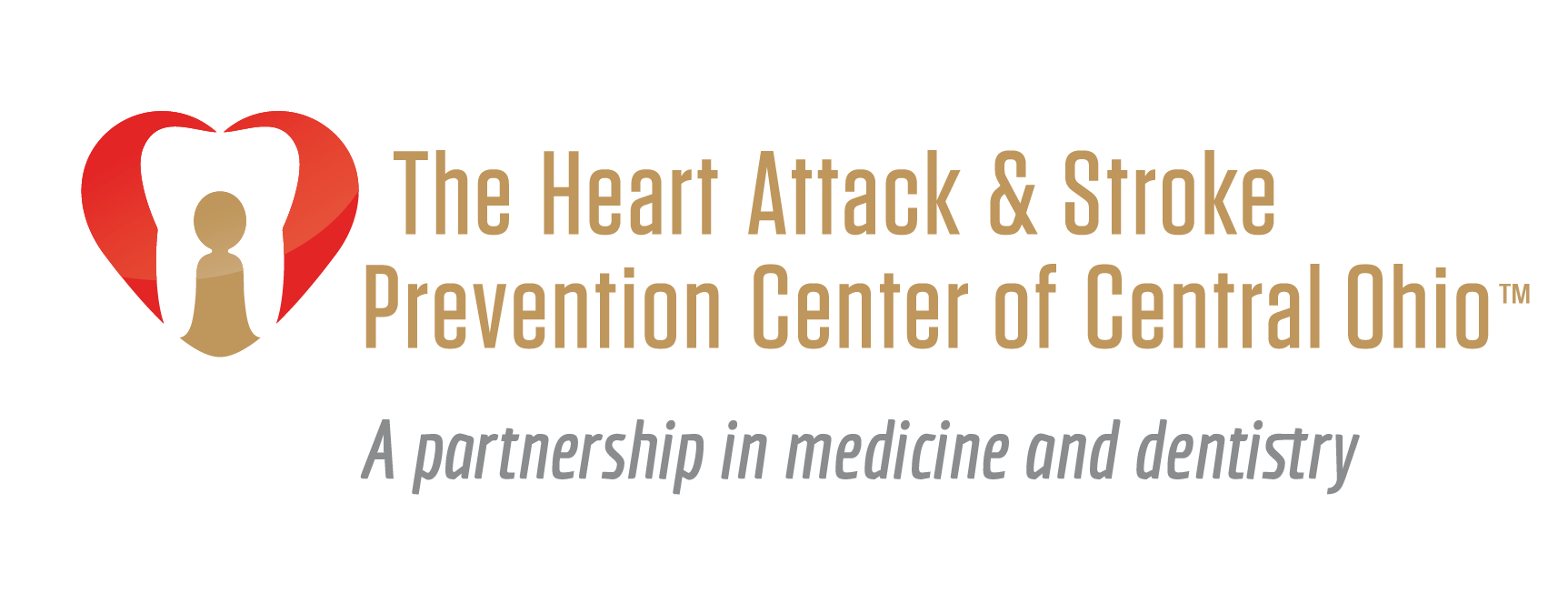Do You Know Your Risk Level for a Stroke?
- Eric Goulder, MD, FACC

- May 18, 2022
- 2 min read
May is Stroke Awareness Month. Stroke is the second leading cause of death and third leading cause of disability worldwide, according to the World Stroke Organization. But, the good news is that you don’t have to live in fear of having a stroke. You can take proactive steps to reduce your risk.
What causes a stroke?
A stroke occurs when blood flow to your brain is stopped or disrupted.
Ischemic stroke - the most common type of stroke, occurring when a major blood vessel in the brain is blocked due to a blood clot.
Hemorrhagic stroke - the least common type of stroke, occurring when a weakened blood vessel ruptures and bleeds into the brain.
Cardiovascular disease and a healthy lifestyle are not always mutually exclusive. Even if you exercise, eat well, and maintain a healthy weight, you could still have asymptomatic disease. In fact, the majority of heart attacks and strokes occur with people with normal cholesterol levels, and arterial blockages that can't be flagged by standard of care tests.
How do I know if I am at risk for a stroke?
Current standard of care cardiology uses the risk factor analysis approach. This process will review your cholesterol levels, blood pressure, tobacco use, diabetes status, and family history of heart disease. While all these factors contribute to the total picture of your cardiovascular health, it will not look for evidence of disease in your arteries.
Over 75% of heart attacks and strokes that occur are caused by a blockage that is not able to be detected by a standard stress test or heart catheterization test. This risk-factor approach often waits until someone has a heart attack or stroke to determine that they are at risk. Do you want to wait that long to know if you are at risk for a stroke?
A Preventative Approach to Cardiovascular Disease
This “wait and see” approach of traditional care is a system-wide problem. Here at the Heart Attack and Stroke Prevention Center of Central Ohio, we follow a proven method to prevent and reverse cardiovascular disease. The BaleDoneen Method, focused on the specialty of arteriology, is the cure for arterial disease. It is a science-based methodology that is medically proven and accepted to both prevent and reverse heart attacks and strokes.
Are you currently implementing the prophylactic use of aspirin to avoid stroke or heart attack? There is new data that addresses this established preventative health care method, which has influenced a revision of guidelines from leading medical groups, including the U.S. Preventive Services Task Force (USPSTF).
At the Heart Attack and Stroke Prevention Center of Central Ohio, we have the technology to see and measure the thickening of your artery walls and any plaque buildup that may be occurring. This efficient, 20 minute ultrasound of your neck is called a Carotid Intima-Media Thickness Test (CIMT) and can provide peace of mind, allowing you to know your disease status.
For only $250, you can know your risk and work towards optimal health for a lifetime. This simple test could save your life! Contact us today to book an initial consultation with a BaleDoneen specialist in Columbus, Ohio.




Comments